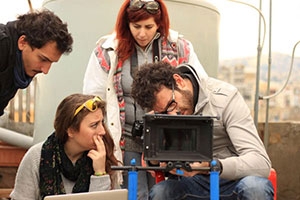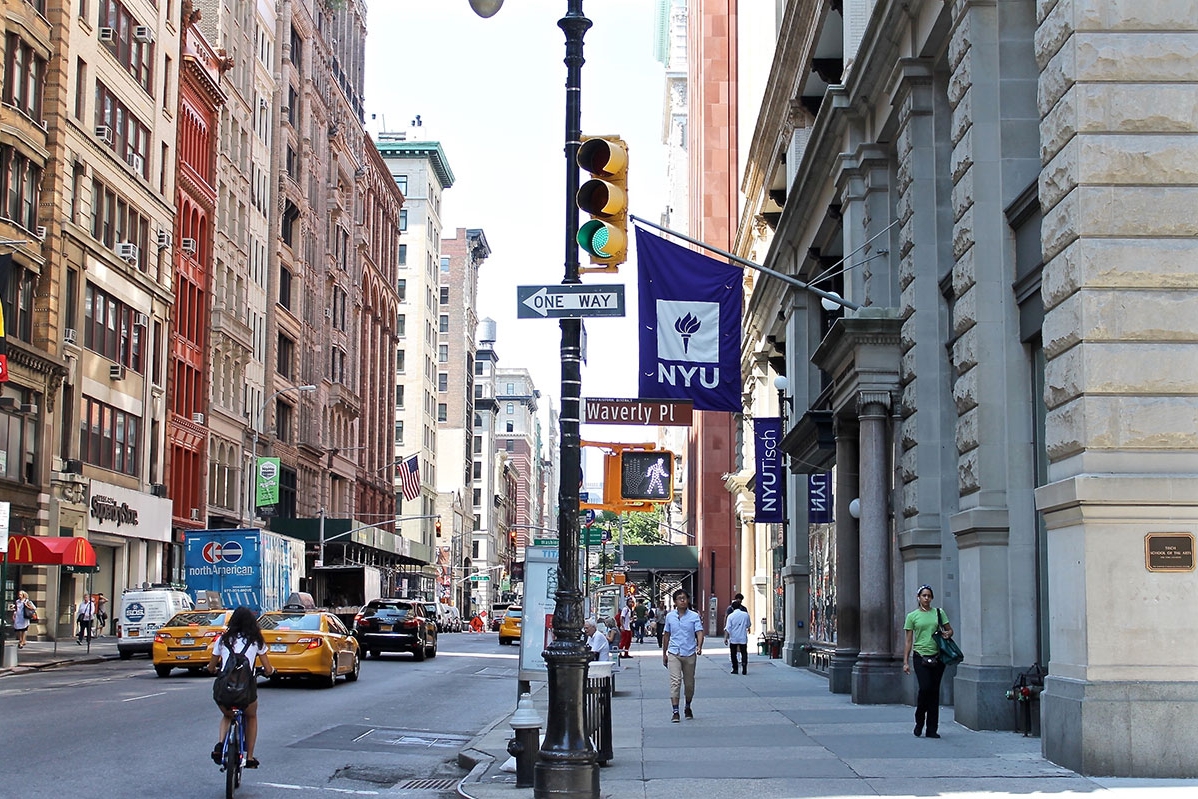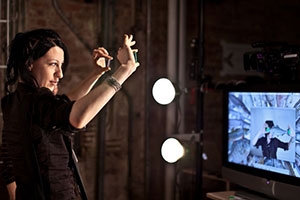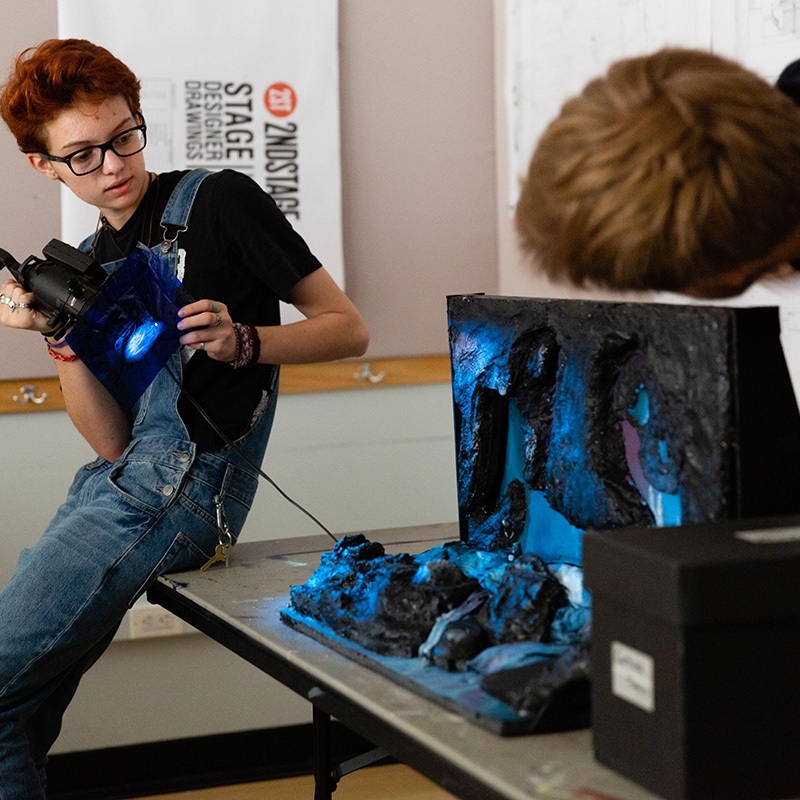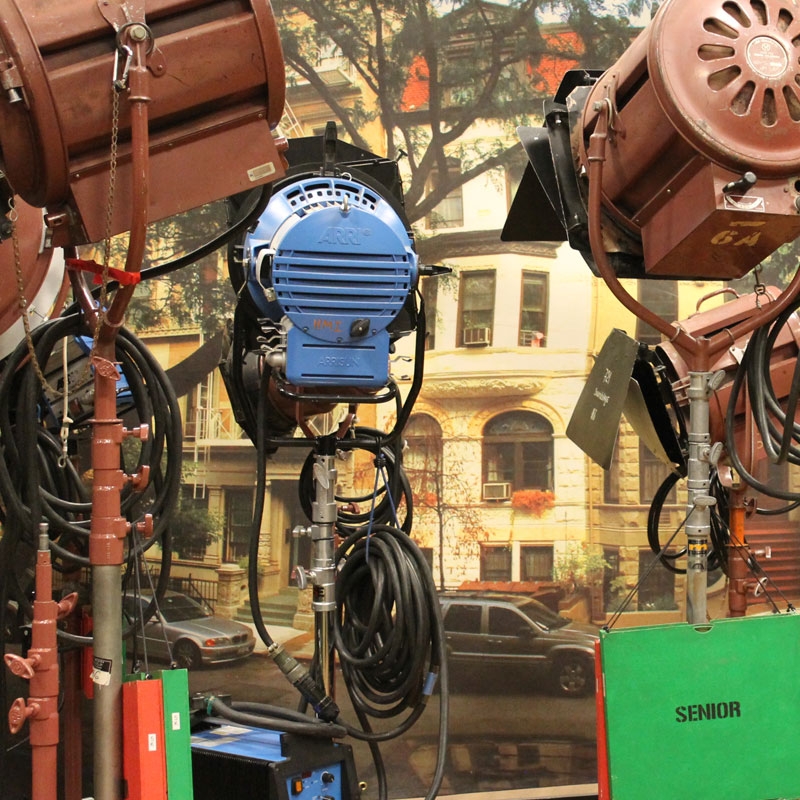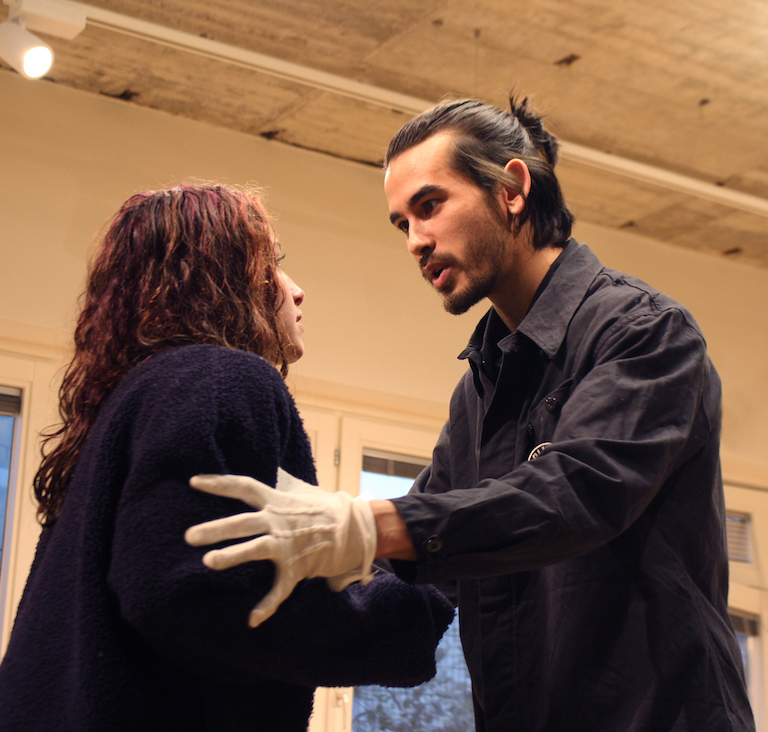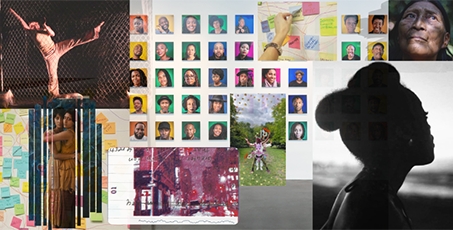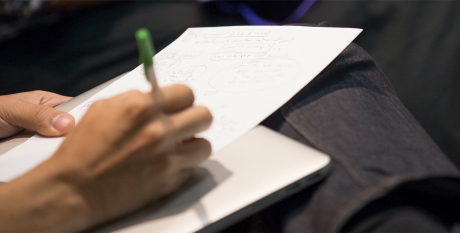Taylor McBride, NYU Bobst Library - Video at Risk, Fall 2011, Mellon Foundation
The Video at Risk (VAR) project is a Mellon-funded project that focuses on establishing preservation strategies for commercial video collections in University libraries. Since copyright exemptions for libraries and archives have very specific stipulations under Section 108(c) of United States copyright law, one of the goals of this project is to establish uniqueness and determine replaceability so that the libraries can defend themselves in any preservation reformatting efforts. For this reason, one of my first tasks as a Video at Risk intern was to do uniqueness searches in the OCLC database to ensure that all the "unique" titles held within AFC are indeed unique (meaning no other libraries hold that title). My next task was to locate the distributors of the unique titles held at AFC to help determine the "replaceability" of those titles. Another project that I focused on this semester was a VHS Signal Loss experiment that may prove a correlation between number of playbacks and signal loss. As part of the VAR project, NYU contracted intellectual property legal counsel Robert W. Clarida to assess the copyright implications of a preservation reformatting project for circulating VHS collections like that of AFC. Since, under Section 108, a library must first prove that damage or deterioration is present before copying or reformatting a tape, the library must establish a way to prove the presence of "detectable deterioration." Additionally, the VHS format is not technically considered obsolete by the standards set out in Section 108, as playback machines are still available in the marketplace. This means that before a VHS tape is reformatted, the library must ensure it meets all other requirements outlined in Section 108 (a replacement tape is not available in the marketplace and the unique tape is showing signs of deterioration). This makes the task of proving a tape's state of deterioration a very important one. It is based on Clarida's suggestion that we took up this experiment. With much guidance and input from my supervisor and armed with a previous intern's outline of how to conduct such an experiment, I put together a report that documents the purpose and methodology for the experiment, which will hopefully be completed before the VAR project period ends, as it could provide yet another defense libraries can arm themselves with when engaging in VHS reformatting efforts.
